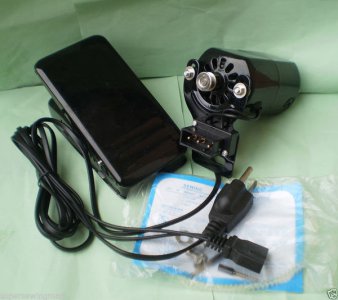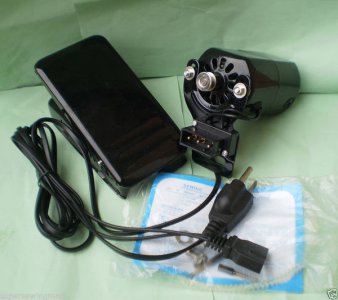- Joined
- Aug 26, 2013
- Messages
- 167
This may be weird but I plan on using a sewing machine motor for a spindle. Now settle down, I will use it to cut styrene plastic sheets. I have been on a quest for the quietest motor to mill with for at least five years now. I have taken all sorts of things apart that have motors in them searching for just the right one. Well I have found it and I hope it will fit my needs. I got it from a sewing machine, an older model Brother I think. So, how can I find out what the r.p.m.'s are, and the electrical information is on it. I no longer have the guts of the machine that went to the scraper long ago. All that is on it for numbers and info are the word, zigzag and a number, #150671, and that's it. Are there any general motor types like this around that have specifications for sewing machines? HELP I'm a lousy web surfer!!!



